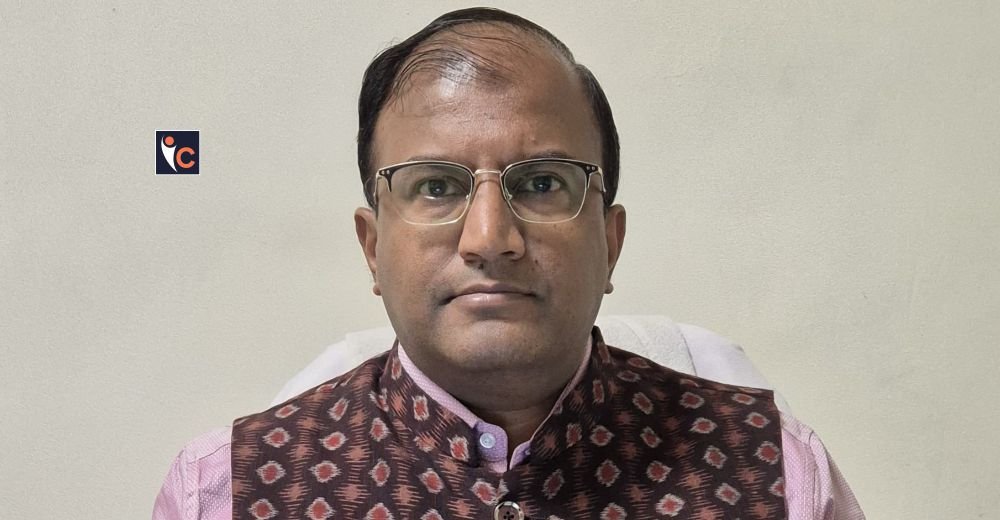India’s healthcare industry is growing quickly. With a large population, more awareness about health, and rising investments, it is expected to reach $638 billion by 2025. But like any fast-growing industry, the Indian medical industry also has some gigantic issues to equal rosy projections. These must be understood by policymakers, investors, and health professionals too, so that they can make informed decisions.
Key Challenges
-
Poor Infrastructure
One of India’s biggest challenges to achieve in 2025 is the imbalance of healthcare infrastructure. Rural India continues to have few hospitals, clinics, and diagnostic centers. Even in urban areas, overcrowded government hospitals and expensive private hospitals make care unaffordable or out of reach for most. Shortages of beds, high-tech machines, and ICU beds are still a problem in terms of treatment outcomes.
-
Lack of Medical Professionals
India, having the largest number of nurses and doctors, lacks doctors and nurses severely. The ratio of doctors to patients is below the rate recommended by India, according to the WHO. The rural areas of the country are most hit, with enormous vacancies in government health centers due to poor incentives and deplorable working conditions.
-
Excessive Out-of-Pocket Expenses
Majority of the healthcare costs in India are paid by patients out-of-pocket. This leads to a cost burden on the lower- and middle-class populations. Although initiatives such as Ayushman Bharat by the government attempt to reduce the cost burden, awareness and implementation concerns limit their reach.
-
Regulatory and Policy Barriers
Indian pharma is governed by diverse regulatory bodies. The regulation brings in uncertainty and prolongs approvals for drugs, devices, and therapies. Uncertain policies and price controls also have adverse implications on pharma players’ as well as hospitals’ business predictability.
-
Quality and Standardization Issues
The level of health care quality varies extensively by region and provider. There are mostly small clinics and diagnostics units operating without stringent standards, leading to suboptimal care. Uniform accreditation for hospitals and laboratories also does not exist, diluting trust and safety for patients.
Promising Opportunities
Despite all this, the Indian healthcare sector has several opportunities that make it a growth and innovation hub.
-
Growth in Telemedicine and Health-Tech
The COVID-19 pandemic accelerated the growth of digital health. Telemedicine platforms, AI-based diagnosis, and wearable health monitors have been in high demand. In 2025, this is likely to increase even more. With improved internet connectivity and smartphone penetration, digital health technologies have the potential to reduce the healthcare gap between rural and urban and offer affordable care remotely.
- Boost in Medical Tourism
India continues to receive patients from around the globe due to its high-quality treatment at lower prices. Cardiac surgery, organ transplant, and infertility are some of the treatments that are drawing global patients. Medical tourism is likely to grow in 2025 with more lenient visa regulations and improved hospital services.
-
R&D and Innovation Investment
Indian biotechnology and pharmaceutical industries are putting more investments in research and development. Vaccine production, generic drug production, and medical device design are upcoming industries. India’s strength in producing low-cost, high-quality drugs and vaccines makes India a key destination in the global healthcare supply chain.
-
Public-Private Partnerships and Government Initiatives
The Indian government is giving great importance to improving public healthcare. The National Health Mission (NHM), Pradhan Mantri Jan Arogya Yojana (PM-JAY), and Make in India for medical devices are initiatives to improve access and affordability. Public-private partnership (PPP) in hospital management, diagnostics, and supply chain can render these programs scalable.
-
Increased Health Awareness and Preventive Care
Greater literacy and internet penetration are making individuals increasingly aware of preventive care. Fitness, mental wellness, and early diagnosis are moving to the forefront. This shift of attitude offers opportunities for service providers in wellness, diagnostic clinics, and insurance companies.
Conclusion
Indian medical industry of 2025 is at a turning point. Although India still faces problems like poor infrastructure, not enough skilled medical workers, and complicated rules, there is also a big chance for growth and progress. By improving digital healthcare, spending more on research, and working closely with private companies, India can build a stronger health system and become a global leader in healthcare. To make it happen, a balanced approach that includes policy reform, technology application, and patient-centeredness is the cry of the hour. India’s future in healthcare is promising, but its true potential can be achieved only through collective efforts.
Read More – Pune Fertility Treatment Options for All





